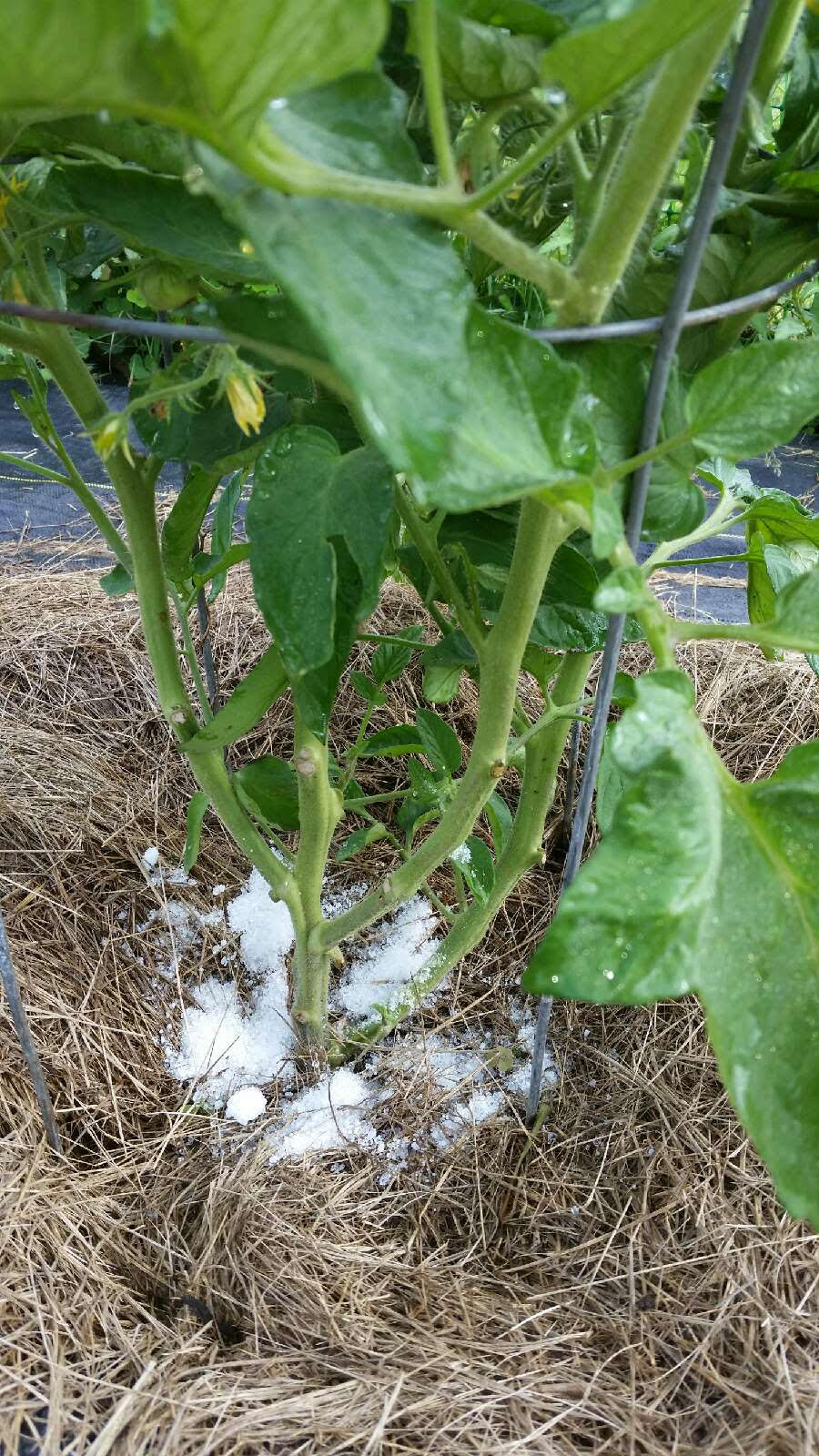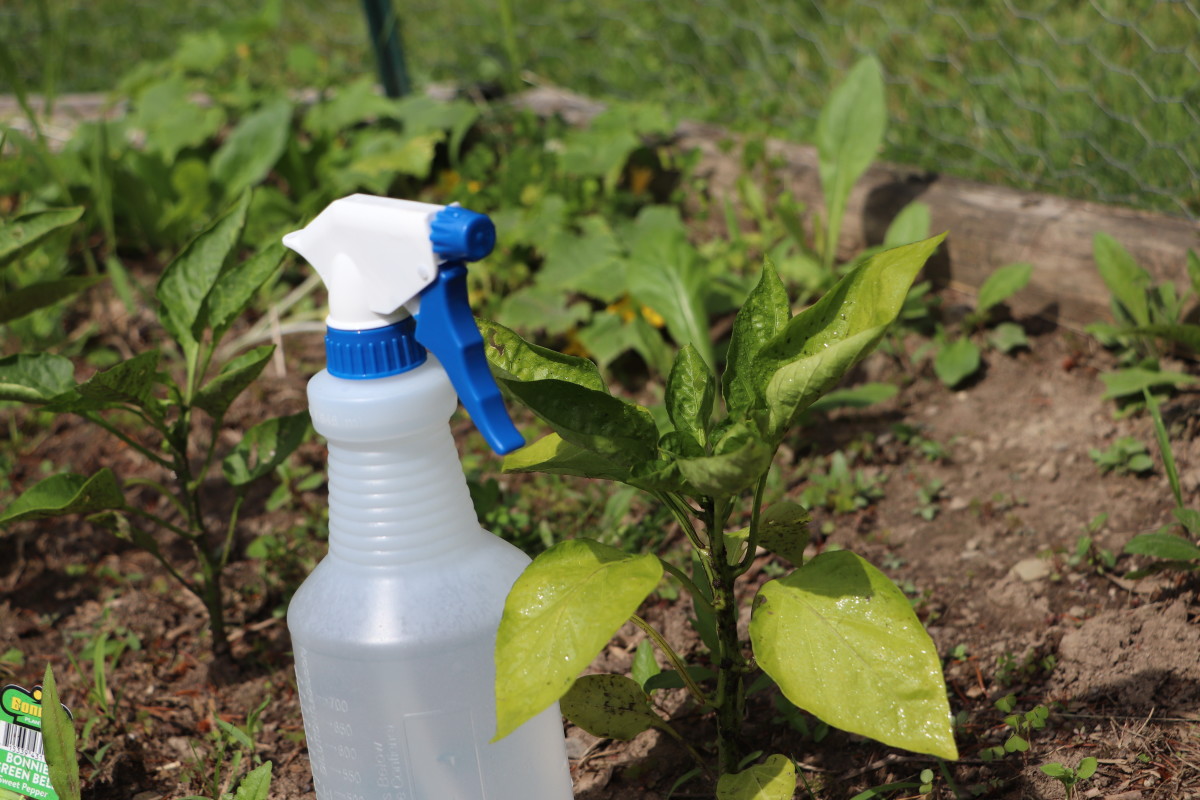Explore Why Some Plants Turn Down Epsom Salt as a Nutrient Source
In the intricate globe of plant nutrition, the denial of Epsom salt as a practical nutrient source by some plants presents an appealing quandary. Despite its abundant magnesium and sulfur content, certain plant types appear to avoid this conveniently available substance. The reasons behind this discerning habits delve right into a complex interaction of plant absorption mechanisms, the special chemical framework of Epsom salt, and plant-specific nutrient preferences. Comprehending these aspects may clarify the mysteries of why some plants pull out of utilizing this relatively helpful nutrient resource.
Plant Absorption Systems
In delving right into the complex world of plant absorption devices, it becomes evident that the process is regulated by an innovative interplay of physiological dynamics and molecular paths. Plants absorb nutrients mainly with their origins, utilizing different transportation systems to uptake important aspects such as nitrogen, potassium, magnesium, and phosphorus. Magnesium, a vital element in chlorophyll synthesis and enzyme activation, plays a critical duty in plant development and development.
The absorption of magnesium involves a number of steps, starting with its accessibility in the soil service. Once dissolved, magnesium ions are taken up by plant origins via specific transport proteins installed in the cell membrane layers. These healthy proteins help with the motion of magnesium across the root cell wall surfaces and right into the plant's vascular system, where it is then distributed to different cells to sustain different physiological functions.
Recognizing the detailed devices behind magnesium absorption in plants clarifies just how this crucial nutrient adds to general plant health and performance. By enhancing magnesium uptake pathways, farmers can improve crop returns and quality, underscoring the relevance of understanding plant absorption dynamics for lasting farming practices.
Epsom Salt Chemical Framework
The chemical framework of Epsom salt, also understood as magnesium sulfate heptahydrate, discloses an unique setup of elements that contribute to its special homes and applications. The 7 water molecules are loosely bound to the magnesium sulfate substance, allowing it to dissolve conveniently in water and be readily taken up by plants with their origins.
The crystal framework of Epsom salt forms monoclinic prisms, which are lengthened crystals with identical ends. This crystal form influences the physical residential or commercial properties of Epsom salt, such as its appearance and solubility. Understanding the chemical structure of Epsom salt is critical for comprehending its behavior as a nutrient source and its interactions with plants in farming and gardening techniques.
Plant-Specific Nutrient Preferences
Plants show distinctive choices for certain nutrients, highlighting the significance of understanding their private requirements for optimum development and advancement. Understanding these plant-specific nutrient choices is vital for optimizing crop returns, improving ornamental plant development, and promoting total plant wellness.

Plant-specific nutrient choices can likewise differ based on whether the plant is a monocot or dicot. By customizing nutrient supplementation to satisfy the specific needs of each plant types, farmers can optimize plant development, decrease nutrient waste, and assistance lasting agricultural techniques.

Dirt Ph and Nutrient Uptake
Dirt pH plays a critical duty in determining the availability of essential nutrients for plant uptake. Acidic soils with a reduced pH are desirable for plants like azaleas and blueberries, while alkaline dirts with a higher pH suit plants such as lilacs and clematis.
On the various other hand, alkaline dirts may restrict the availability of nutrients like copper, iron, and zinc, impacting plant development. Preserving the ideal pH level in the dirt is necessary for guaranteeing that plants can efficiently uptake the essential nutrients for their healthy growth and efficiency.
Hereditary Elements in Nutrient Uptake
In the world of check my site plant nourishment, the interplay of hereditary elements significantly affects the uptake of essential nutrients vital for page plant development and advancement. Hereditary variables play a critical duty in shaping a plant's capability to soak up and utilize nutrients properly. Variants in genes can influence the expression of transport healthy proteins in charge of relocating nutrients across cell membranes. These transportation proteins, such as networks and carriers, are encoded by details genetics that can differ among plant types or perhaps within the same types.
Additionally, genetic aspects likewise establish the performance of nutrient uptake mechanisms within plants. As an example, some plants may possess hereditary qualities that improve their capacity to feed on nutrients from the dirt efficiently, providing them an affordable benefit in nutrient-poor environments. On the various other hand, genetic variants can additionally bring about constraints in nutrient uptake, making particular plants a lot more vulnerable to deficiencies even when nutrients are bountiful in the dirt.
Comprehending how hereditary variables affect nutrient uptake is vital for establishing strategies to maximize plant nourishment and improve plant performance in different agricultural setups. By unwinding the genetic devices included in nutrient uptake, researchers can work in the direction of establishing genetically enhanced plant look at here now selections with improved nutrient purchase abilities.
Verdict

In the intricate world of plant nourishment, the rejection of Epsom salt as a practical nutrient resource by some plants poses an appealing problem. what plants don't like epsom salt. Understanding these plant-specific nutrient preferences is critical for taking full advantage of plant returns, enhancing ornamental plant growth, and advertising total plant health
By tailoring nutrient supplementation to fulfill the exact requirements of each plant species, farmers can enhance plant growth, decrease nutrition waste, and support lasting agricultural practices.
In the world of plant nutrition, the interaction of genetic factors dramatically affects the uptake of important nutrients crucial for plant development and development. Recognizing these complexities in plant nutrient uptake is crucial for maximizing plant growth and wellness in agricultural techniques.